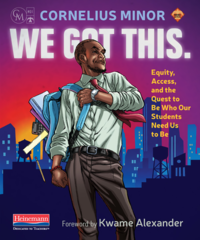
At once memoir, graphic novel and professional development workbook, Cornelius Minor’s debut demolishes the superhero-teacher narrative to redefine what it means to actually embody what students—especially those relegated to the margins—need from their teachers so they can thrive at school and outside it. We Got This: Equity, Access, and the Quest to Be Who Our Students Need Us to Be hinges on this point: “Our journey starts with an understanding that no great good can be done for a people if we do not listen to them first.” Dig in and prepare to listen.
professional development
“Leaves no excuse for not becoming a more reflective, effective teacher.” –Monita K. Bell
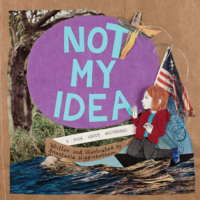
This story of whiteness is told through the eyes of a young person grappling with the lies they have been told about race. Not My Idea: A Book About Whiteness, written and illustrated by Anastasia Higginbotham, invites young people into this conversation with the help of vibrant, multi-dimensional images and pointed words. This is a story of reckoning as much as one about embracing our ability to redefine what it means to be white.
elementary school
“A must-read for all white students and their teachers.” –Hoyt J. Phillips III
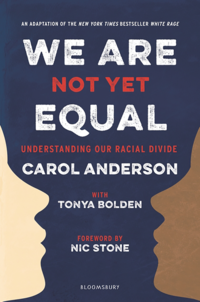
We Are Not Yet Equal: Understanding Our Racial Divide, a distillation of Carol Anderson’s earlier book White Rage, has been made more accessible for critical reading in the classroom with this YA adaptation co-authored with Tonya Bolden. In it, Anderson traces five events in our history—out of far too many available—that showcase the racist efforts made against black people in the United States whenever progress is achieved in the fight for true equal rights. This history of behavior is predictable and has been frustratingly effective, but it’s absolutely necessary that we understand it to be better able to rise against it.
middle school
“A clarion call against white supremacy, urging us to do better so that this country can truly be for all people.” –Colin Campbell
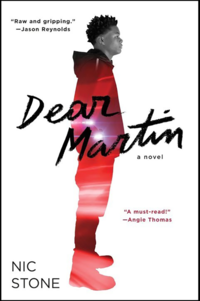
Nic Stone’s Dear Martin tells the story of Justyce McAllister and Emmanuel “Manny” Rivers, two teenage, African American prep school students who are best friends from two very different neighborhoods. Justyce lives in a community reeling with poverty while Manny comes from a wealthy environment. But when Justyce experiences racial profiling, police brutality and a range of injustices, he begins to struggle with how he fits into American society, especially as someone who envisions a bright future for himself but sees the systemic obstacles in his way.
high school
“A searing portrait of the challenges of being a black male in America.” –Kimberly Burkhalter
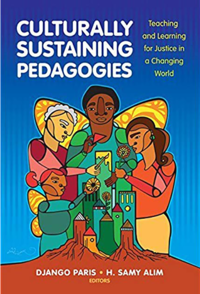
In Culturally Sustaining Pedagogies: Teaching and Learning for Justice in a Changing World, editors Django Paris and H. Samy Alim have curated works by practitioners and researchers to help educators fully understand culturally sustaining pedagogy “for educational justice with students and communities in a changing world.” With multiple examples taken directly from the classroom, authors provide both rich classroom narratives and supporting research to highlight pedagogical practices that value youth and communities of color.
professional development
“An essential read that asks educators to see young people as ‘whole versus broken’ when they enter our classrooms.” –Val Brown

Nikki Grimes’ One Last Word: Wisdom From the Harlem Renaissance contains Golden Shovel poems based on poetry from this pivotal era, with each piece accompanied by modern artwork. A Golden Shovel poem uses a line from an existing poem, and each word in that line forms the last word in each line of the new poem. Grimes cleverly executes this technique when she weaves lines and poems from the Harlem Renaissance into her new pieces.
elementary school
“This book made my heart smile—and inspired me to plan a Golden Shovel poetry project as an extension in my social studies classes this spring!” –Michelle Higgins, Teaching Tolerance Advisory Board Member
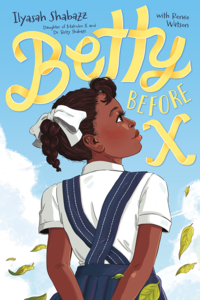
Betty Before X looks at the life of Betty Sanders, mother of co-author Ilyasah Shabazz and wife of Malcom X, as a young girl living in Detroit in the 1940s. Part biography and part novel, the book follows Betty as she grows up in the midst of the struggle for equality for African Americans in northern cities after the Great Migration. Co-authored by Renée Watson, this book explores the events that would shape Betty into an activist before she even entered high school. Betty Before X showcases the roles people played both big and small in the fight for equality while amplifying a leader who should be just as well-known as her husband.
middle school
“This book can inspire young people to see the power in their everyday actions, find their voice and fight for what is right.” –Jonathan Tobin
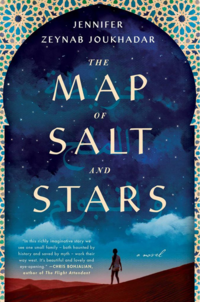
When war erupts in Homs, Syria, 12-year-old Nour and her family must traverse seven countries in the Arab world in search of safety. For solace on their harrowing journey, Nour recounts the ancient tale of Rawiya, a 12th-century girl who disguises herself as a boy to apprentice with a renowned mapmaker and adventurer. Eight hundred years apart, the two girls chart an identical course on their quests. Written by Syrian-American author Jennifer Zeynab Joukhadar, The Map of Salt and Stars infuses a history of violence and oppression with magic and hope.
high school
“A map of the indelible marks left on a young child’s heart by the feeling of home.” –Jey Ehrenhalt